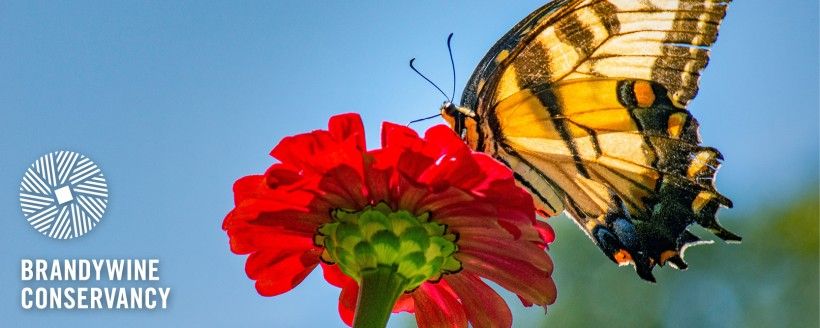
Directors' Report
Dear Fellow Conservationists,
Being on the cusp of the official start to summer, it is naturally a time to reflect on other transitions the Brandywine Conservancy & Museum of Art has undergone in recent months. Most notable is welcoming our new Board Chair, Cuyler H. Walker. Cuyler and his family have been involved with the Brandywine in various capacities over many years and we look forward to benefiting from his guidance in his new role. At the same time, we are grateful to Morris Stroud for his years wielding the Chair’s gavel. Morris provided crucial leadership after the death of longtime Chair, George A. “Frolic” Weymouth. Thank you, Morris!
Other changes have been more subtle but are also important to note. The Brandywine is moving out of the emergency phase of flood recovery from Hurricane Ida in September 2021, as we adapt to the many changes we have already made to the organization’s infrastructure—all while planning ways to improve the campus and the watershed’s resiliency to future flooding. We have a long way to go, but the organization is positioned for success while continuing to thrive in fulfilling our mission.
Transitions and summer are woven into many of the articles in this issue of Environmental Currents, including a return to some in-person events, welcoming Laurels Preserve visitors to our newly dedicated Kohler Trail, and a look at important summertime firefly science.
Lastly, we are honored to transition to permanent Co-Director status from our previously “Acting” role since the last issue of Environmental Currents was published. We thank the Board, Brandywine leadership, our co-workers, and all of our landowners, partners and community members for your support. Happy reading and happy summer!
Sincerely,
Stephanie Armpriester & Grant DeCosta
Co-Directors, Brandywine Conservancy
Q&A Spotlight with Botanist Janet Ebert
In this Q&A spotlight, meet Janet Ebert, a local botanical expert and valued partner of the Brandywine Conservancy. Learn all about the botanical studies Janet conducts on lands conserved by the Brandywine, and in partnership with other municipalities and organizations; how she got into this field; and the challenges that native plants face.
How did you get into botanical study work?
I have a Bachelor of Science in Geology from Penn State University, but my husband, Jack Holt, and I are self-taught. My entrance into botanical study work is intertwined with the Brandywine Conservancy. I started back in 1984 when F.M. Mooberry—who was the Coordinator of Horticulture at the Brandywine Conservancy at the time—led a botanical study for the King Ranch easement and sought volunteers. I was one of them and learned in the field over two seasons. I also assisted in organizing the botanical research completed by the volunteer teams. Going through the volunteer research, I noticed there was one volunteer in particular who I thought had a thorough documentation process and did excellent work. Fast forward to that next spring, and F.M. Mooberry was doing a study down on the Chesapeake and invited the best botanists in her circle—and I was one of them! We were separated into pairs, and I was partnered with the person who had the excellent documentation from the King Ranch project. It was Jack—my now husband. We hit it off and 38 years later we are still doing these botanical studies together.
In addition to the botanical studies that you perform on lands conserved by the Brandywine Conservancy, you also conduct these studies in partnership with many municipalities and other land trusts and landowners. For those who aren't familiar with this practice, tell us a bit about what you do and why you do it.
A botanical study is a documentation report of the types of plants and plant habitats on a given property. It also describes historic and current land uses, types of plants found—including rare, common and invasive species—and identifies those that are endangered, vulnerable or threatened. To do a botanical study, I do some background research first, including looking at old aerial photographs of the property to identify historic land uses. I also research the geology of the property—for example, Cockeysville Marble, which can influence the types of plant and plant habitats on the property. I also look at the types of water resources on the property that can host plant life. It can also give me clues on the age of certain habitats, like old growth forests. My husband, Jack, and I do these botanical studies together. After completing the background research, we visit the property to document what we find. Ideally, we would visit a property twice—once in the spring (May) and once in the fall (September) to ensure we are able to document a full range of plants that may appear throughout the year.
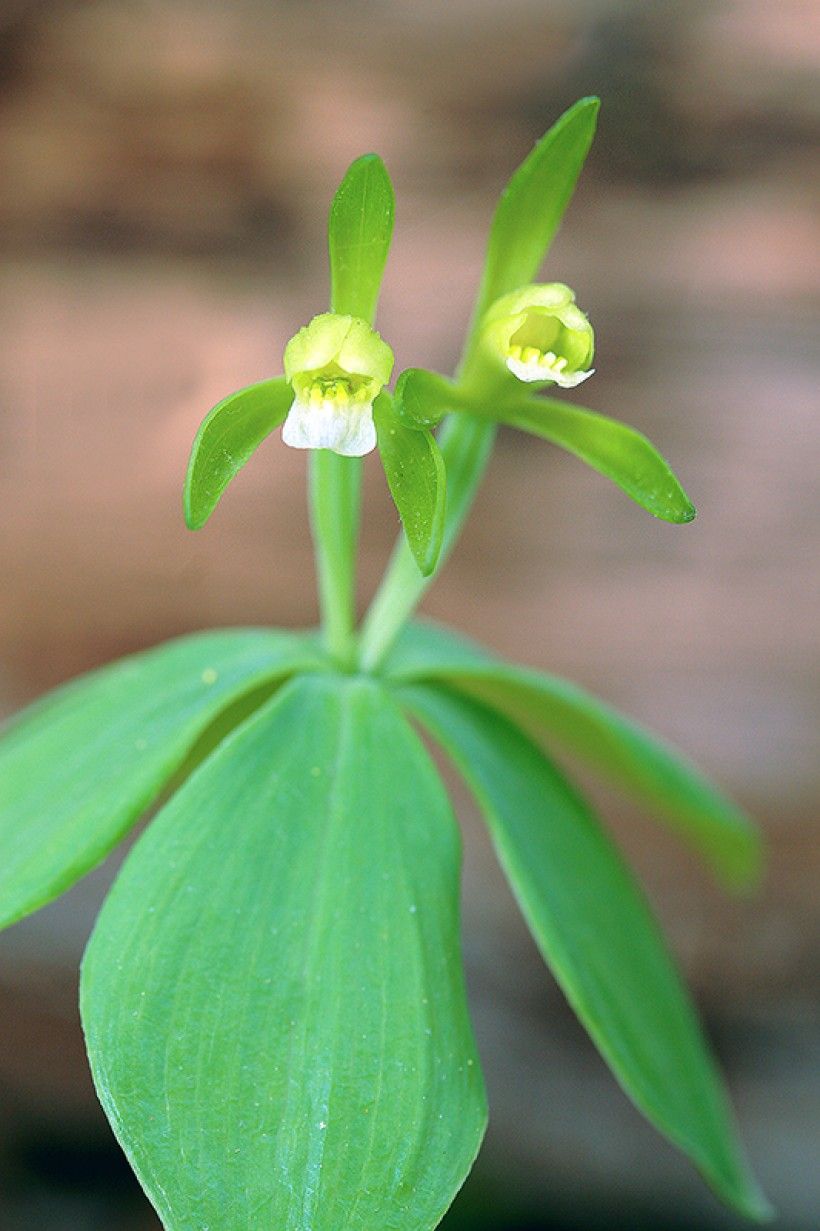
What is your rarest plant find?
Our rarest find was a small whorled pogonia (Isotria medeoloides).
What are some of the challenges we face in southeastern Pennsylvania and northern Delaware when stewarding rare native plants?
Our biggest challenges are loss of habitat and invasive plants. One particularly invasive challenge is stiltgrass. It is very hard to control—you can only choke it out or shade it out. Other invasive challenges are bush honeysuckle, linden viburnum, and barberry. The other challenge is the widespread use of chemicals, like Roundup, that contribute to the loss of our important pollinators. New predators like coyotes are becoming more prevalent and also impact our native animal species.
If you could give a landowner one land stewardship suggestion what would it be?
There are so many stewardship challenges, but I would suggest prioritizing your worst issues. Identify your top one or two invasive plants and work on them one at a time. I would also say you need to be patient. Removing invasives without chemicals can take a long time so do not expect immediate success.
If a person wanted to get started on identifying plants, what resources would you recommend for a beginner?
Peterson Field Guides provide a good introduction. If you like technology, iNaturalist is also an easy way to take a photo of a plant and the app identifies it for you.
Invasive Species Spotlight: Japanese Angelica Tree (Aralia elata)
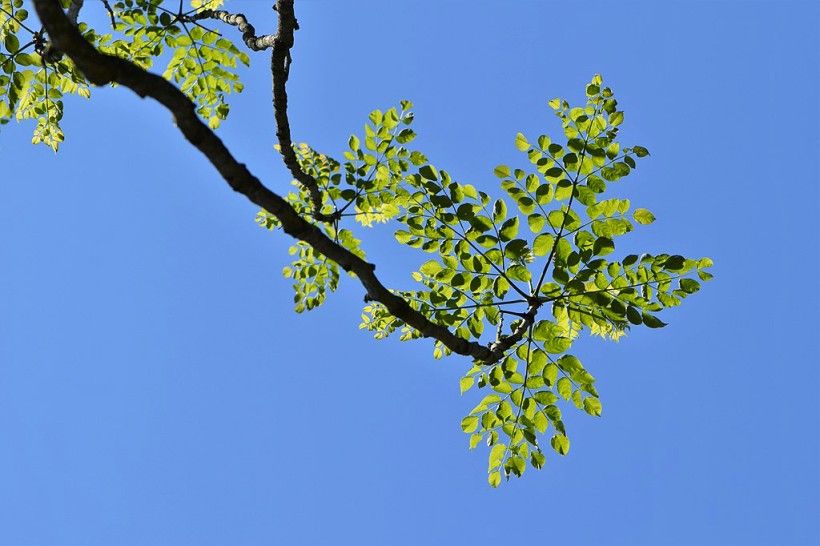
The Japanese angelica tree (Aralia elata) is an invasive species that it is well established in both Pennsylvania and northern Delaware. This invasive has started outcompeting native species, like Aralia spinosa (also known locally as "devil’s walking stick" or the "angelica tree"), with its vigorous growth and lack of natural predators. This species is also thought to be capable of hybridizing with the native Aralia spinosa, which could threaten the genetic diversity and survivability of one of our more unique native trees. Learn more below about the origin and characteristics of this invasive, how to properly identify the plant in the wild, and tips on how to control it when found.
Click here to read more.
Climate Corner
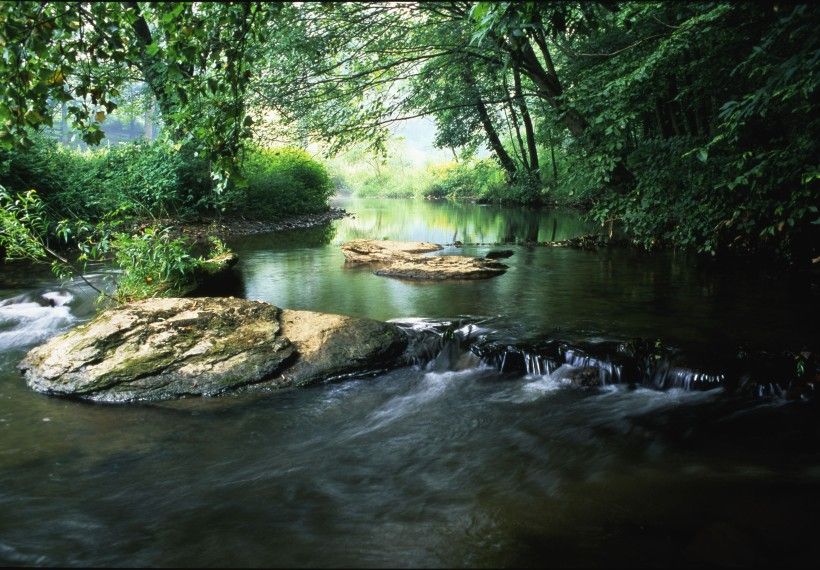
Did You Notice Increased Seasonal Allergies This Spring?
Although our region has already experienced the effects of climate change through flooding, heat waves and increased severe weather, one impact that may be less obvious is an increase in allergies. Due to warming temperatures, shifting patterns of precipitation, less frost and more carbon dioxide in the atmosphere, our area can expect more issues with seasonal allergies. According to the Center for Disease Control and Prevention (CDC), changes in our climate can impact when the pollen season starts and ends, how long it lasts each year, the amount of pollen produced by plants, the amount of pollen in the air and how this pollen impacts human health.
Learn more below:
- Climate Change and Public Health - Health Effects - Pollen and Your Health | CDC
- Climate change and pollen season: Human environmental impacts making allergies worse - CNN
Steps the Conservancy is Taking to Build Climate Resilience
While not all the effects of climate change can be prevented or reversed, the Conservancy aims to help landowners and local communities understand and prepare for the impacts of climate change on the region. To ensure staff is equipped to provide assistance that addresses such a large and complex issue, the Conservancy recently received a grant from the Land Trust Alliance to develop an internal “Climate Resiliency Plan and Communication Plan.” This internal planning process will help staff identify opportunities to directly address issues related to climate change, both internally and externally, through the services we offer to landowners and local communities.
Brandywine Creek Greenway Resumes Partner Roundtable Meetings
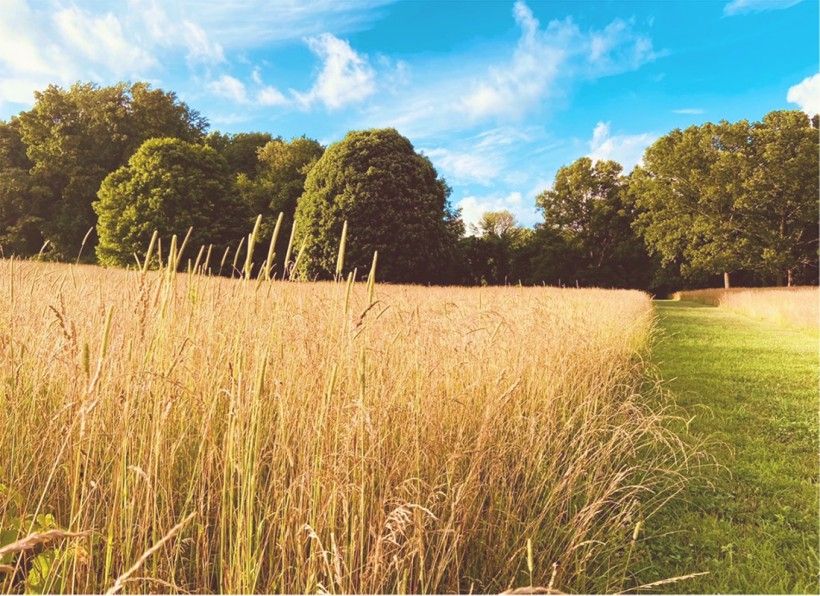
After a two-year hiatus, the Brandywine Conservancy was thrilled to once again hold in-person Regional Roundtable meetings for the Brandywine Creek Greenway partners this year!
The Brandywine Conservancy first began hosting these regional meetings uniting the Greenway partners back in spring 2012. The regional meetings serve as a space for networking and collaborating while commending the successes accomplished over the year. The goal of the roundtable meetings is to provide an opportunity for the partners to connect while learning about the exciting projects each municipality is undertaking to contribute to the goals of the Greenway and our communities. Additionally, these roundtables provide a chance for the Conservancy to update all partners on projects in progress and future endeavors along the Greenway.
Notable topics of discussion included the Brandywine Creek Greenway Mini-Grant Round 1 Project updates from the Chadds Ford, East Bradford, East Fallowfield, Modena and Wallace Townships.
Other notable projects included:
- Caln Township’s meadow cultivation project
- West Brandywine’s Icedale Meadows Preserve plan
- Upper Uwchlan Township’s Hickory Park redesign
- Other park and trail upgrades for continued use
The Brandywine Creek Greenway would like to offer special appreciation to the East Bradford Township for hosting the Southern Region Roundtable; the West Brandywine Township for hosting the Northern Region Roundtable; the Caln Township for hosting the Central Region Roundtable; and the Brandywine Creek State Park for hosting the Delaware Region Roundtable.
The Brandywine Creek Greenway appreciates the continued dedication of all partners in the effort to expand the quality of our community.
For more information about the Brandywine Creek Greenway, click here.
New Access Gate Installed at Waterloo Mills Preserve Enables Outdoor Classroom Learning
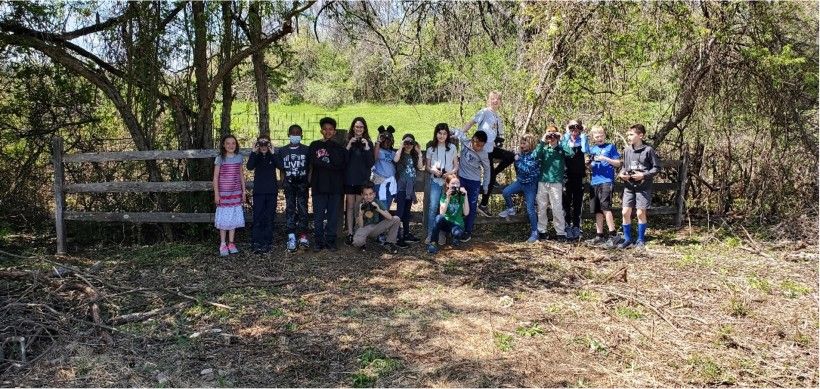
Occasionally the opportunity presents itself to expand on a previously established relationship, while also bolstering a new one. Even more infrequent is when the opportunity aligns perfectly with prioritized goals. Thanks to a fortuitous donation, a recent project at Waterloo Mills Preserve is helping us meet goals of managing natural resources, promoting education, and facilitating research on the property.
Throughout the past few years, the Brandywine Conservancy was looking to expand on our relationship with the Delaware County Christian School, which is directly adjacent to the Preserve. Over the years, we’ve allowed the school to use the property as an outdoor classroom to enhance their indoor learning. However, logistically, getting the students to the Preserve has been difficult since the school needed to shuttle students to the main parking lot. After meeting the Assistant Head to the Lower School, Brandywine staff developed a proposal that would be mutually beneficial—but access still remained an issue. Thanks to a generous donation by George Elser and Angela Scully, staff were recently able to resolve the issue by constructing and installing a fence and gate that creates and secures a new access point into the Preserve by the school. George and Angela’s donation helped the Brandywine cover the costs of installation, as well as signage for both parties, ensuring the gate is only used for students and their projects.
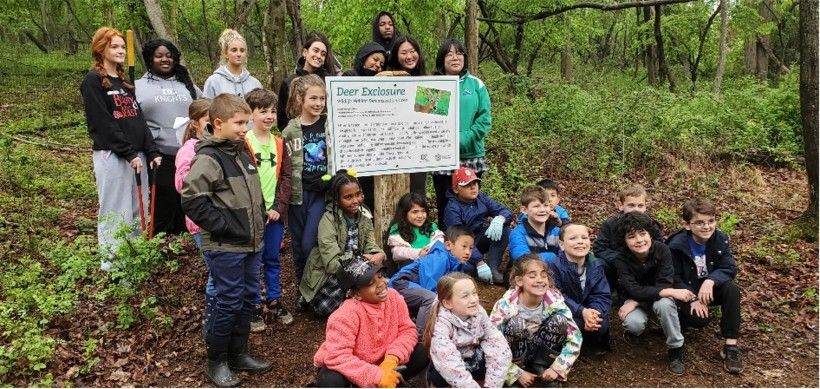
The new access point has already been utilized for several school groups. An inaugural field trip occurred in early May when the 4th grade class learned about eastern bluebirds at Waterloo. A second group of 2nd graders also helped to remove non-native earthworms from a deer exclosure as part of a senior class project.
We are thrilled that this new access opportunity helps to enhance the classroom science learning through experiential education. With willing donors and students willing to learn, we’re happy to foster this generation of future conservationists.
Pennsylvania Pollinator Photo Challenge Returns
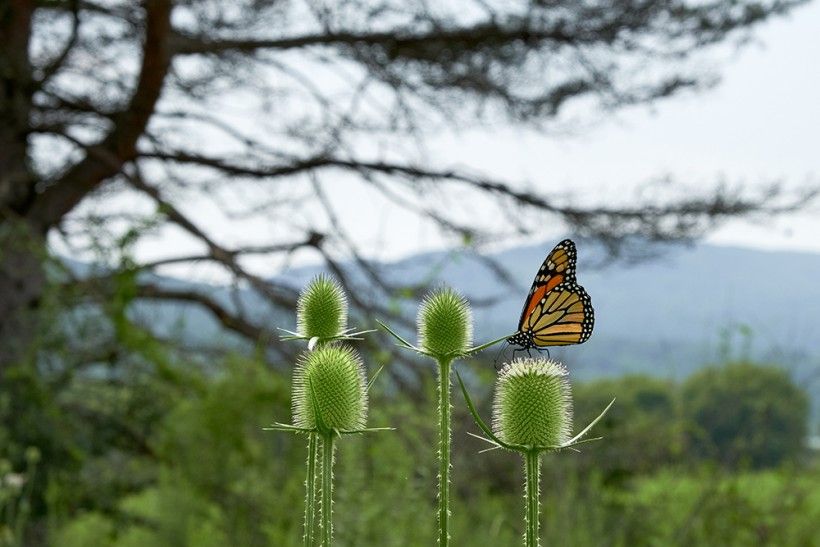
Recognizing the value pollinators provide to humans and our ecosystem, the Brandywine's Penguin Court Preserve and the Westmoreland Pollinator Partners—an ad-hoc committee of over two dozen groups in Westmoreland County promoting and protecting pollinators—are pleased to announce the second annual Pennsylvania Pollinator Photo Challenge.
Open to the public, this contest seeks images that feature a pollinator found and photographed in Pennsylvania, such as bees, beetles, butterflies, flies, hummingbirds, moths, or wasps. Photos of people hand-pollinating plants will be considered, too; however, the person must provide written consent if they are identifiable in the image. Categories for both adults, 18 and over, and youth, 17 or younger, are available.
A person may submit a maximum of three entries, which must be submitted electronically by August 5, 2022. First, second and third place winners in both the adult and youth categories, as well as honorable mentions, will be announced at the “Monarchs, Milkweed, and More” event on Sunday, August 21, 2022 at the Southern Alleghenies Museum of Art in Ligonier, PA.
Additional rules and regulations, judging criteria,and prizes may be found at www.brandywine.org/photo-contest.
Firefly Watch: Turning A Favorite Summer Pastime into a Community Science Project
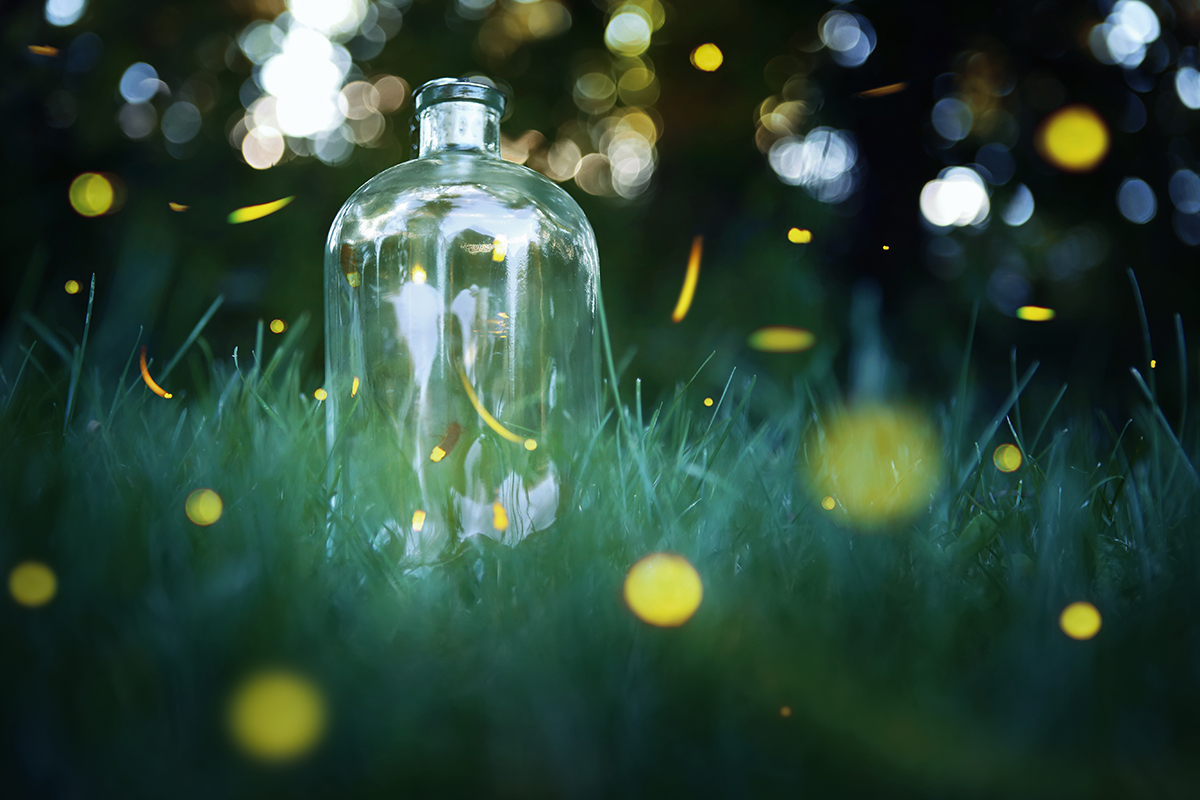
A favorite summertime activity for people of all ages is watching the sparks that light up warm evenings: fireflies—or lightning bugs, depending on your local vernacular. Nearly everyone has caught one of these “glow bugs” at some point in their lives and has built lasting memories around those nights.
Sadly, these quintessential signs of summer are largely decreasing in number due to a loss of habitat, increased use of pesticides and light pollution. Learn how you can help researchers investigate changes in firefly populations by conducting your own "Firefly Watch" this summer. Led by Mass Audubon, “Firefly Watch” is a community science initiative designed to educate the public on how they may support these beetles, identify common species, provide for their life cycle needs, and record and submit firefly observations and related data.
Click here to read more.
Kohler Trail Signs Installed on Newly Acquired Roberts Property at the Laurels Preserve
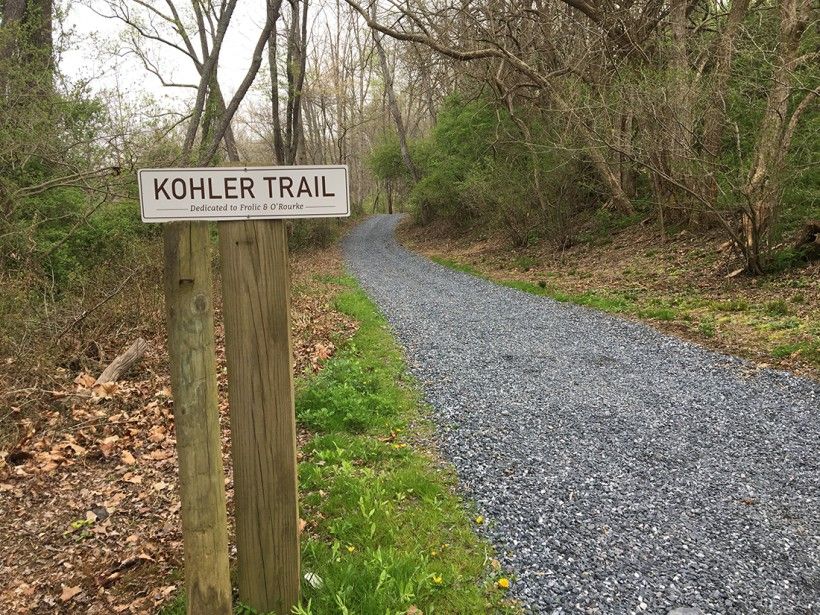
While entering the carriage trail on the recently acquired Roberts property at the Laurels Preserve, members will see new trail signs honoring Herb Kohler—a key supporter of the new 85-acre addition to the Preserve. The Roberts property was purchased by Brandywine in September 2021 and secures ownership of two key trails that access the Laurels on the western side of the Preserve. The trail signs were installed at the head of the trail near Fairview Road and at the bottom of the property near the Mary Ann Pyle Bridge.
Bike the Brandywine Returns for its 5th Year on Saturday, September 17, 2022
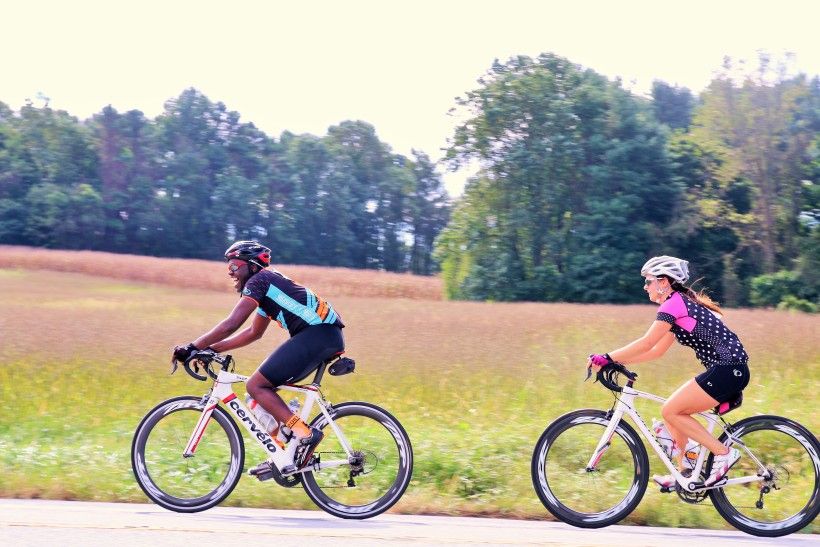
Back from a pandemic hiatus, the Brandywine Conservancy’s “Bike the Brandywine” event will officially return for its fifth year on Saturday, September 17, 2022. This year’s ride will feature three scenic routes that explore the beautiful Brandywine Creek Greenway and surrounding countryside. Proceeds from the ride benefit the clean water and open space programs of the Brandywine Conservancy.
Riders can choose from distances of 25-, 45- and 62-mile (metric century) routes—each with unique and thrilling experiences for both recreational and more seasoned cyclists. Those on the metric century route will journey along the West Branch of the Brandywine River, traveling 62 miles through bucolic countryside and historic sites. After departing from Chadds Ford, riders will travel near the Conservancy’s Laurels Preserve, through the magnificent King Ranch area in Unionville and the open agricultural lands just west of the famous Whip Tavern, before winding their way through Modena and the historic village of Marshallton. For a similar ride—with less mileage—the 45-mile route closely follows along to the metric century journey. Those looking for a more recreational option can join the 25-mile ride along the Brandywine Creek Greenway. This loop is a shorter version of the other rides, following the West Branch of the Brandywine through open farmland, scenic river valleys and equestrian landscapes.
Featuring some of the most picturesque roads in Chester County, PA, each loop will start and end at the Chadds Ford Historical Society—located at 1736 N Creek Road, Chadds Ford, PA. Well provisioned rest stops will be available every 10-20 miles, depending on the route, with Support and Gear (SAG) assistance provided by Trek Delaware throughout the day. The event concludes with a free lunch at the Chadds Ford Historical Society for all participants. The event will take place rain or shine on September 17, 2022, from 6:30 a.m. to 4:30 p.m. Advance registration is $55 per rider. To register, visit www.BikeTheBrandywine.org.
“Racing for Open Space” — A Springtime Tradition Continues
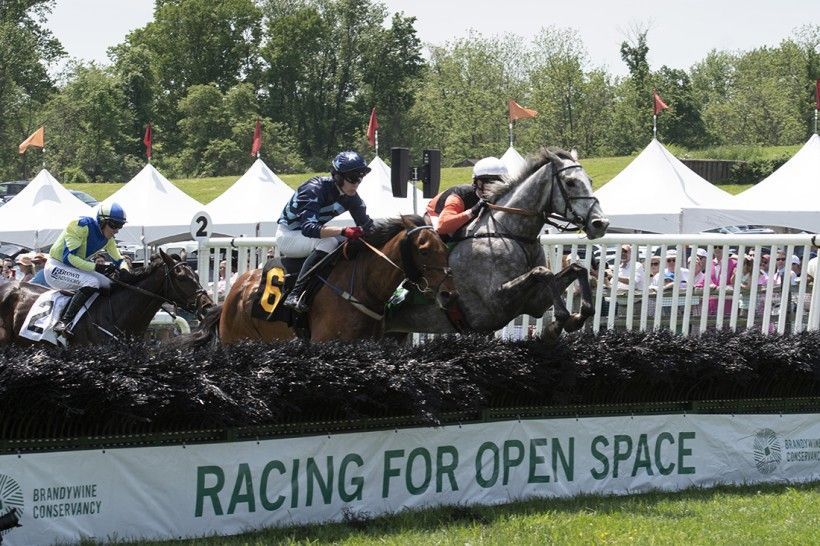
It was a beautiful—and hot!—day “Racing for Open Space” during the 91st Radnor Hunt Races last month! Held on Saturday, May 21, in Willistown Township, Chester County, the Radnor Hunt Races included five thrilling jump races sanctioned by the National Steeplechase Association, featuring some of the best thoroughbred horses, riders and trainers from across the country. Other events throughout the day included a sidesaddle race and a lead line pony race, the much-loved parade of the Radnor Hunt foxhounds, the annual picnic tailgate competition, plus a special appearance by the Budweiser Clydesdales.
Built on a rich history of horse racing that has been cultivated in this region for nearly 100 years, the Radnor Hunt Races is supported by the legacy of protecting the stunning open spaces that make this region such a beautiful place to call home. For more than 40 years, the Radnor Hunt Races has solely benefited the Brandywine Conservancy, raising over $5 million for its clean water and open space efforts. Over the past 50 years, the Conservancy has worked to preserve and protect the water, breathtaking landscapes, rich history and active farmland in this region. With the help of the Races and many likeminded partners, the Conservancy has protected over 69,200 acres of open space—including the Radnor Hunt racecourse itself and surrounding lands—and continues to improve and safeguard water quality, land protection, outdoor recreation and historic preservation in southeastern Pennsylvania and northern Delaware.
Click here to view photos from the 91st Radnor Hunt Races.
Header Image:
Photo by Laura Ducceschi